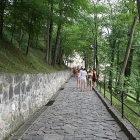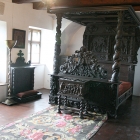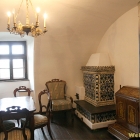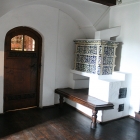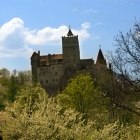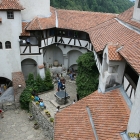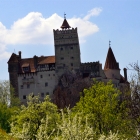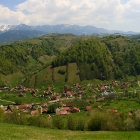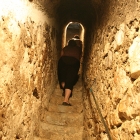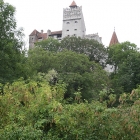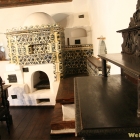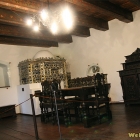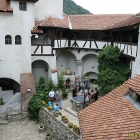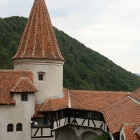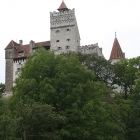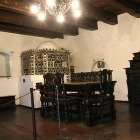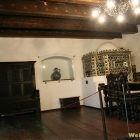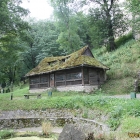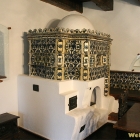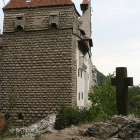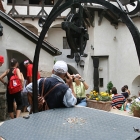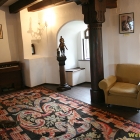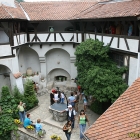Bran, the castle that inspired the legend of Dracula
Though it seems that Vlad The Impaler never used it as his usual home, the myth of the vampire-king made Bran the tourist attraction with most foreigners in Romania. And since we are not sure for how long this construction shall maintain its public destination as a museum, the castle should definitely not be missed by any visitor.
Situated about 30 km away from Brasov, in the heart of Transylvania, Bran Castle was built in stone by the German minority around 1377, on the grounds of an older fortification built by Teutonic knights.
Initially, Bran Castle was a real fortress, with massive walls with spaces for throwing projectiles towards siedging armies.
The castle was used by Sigismund of Luxembourg in the XIV-th century and by the armies of Vlad The Impaler, and donated by the Brasov City Council to Queen Mary, after the Great Unification in 1918 of the historic territories composing Romania. From Queen Mary, Bran Castle was inherited by princess Ileana. After the nationalization in the communist period, it was returned to the family of Dominic of Habsbourg as heir of Queen Ileana. Both this return and the attempt of Dominic to resell the castle to the Romanian state or to several celebrities generated firing disputes in Romanian Parliament and media.
According to Forbes Magazine, Bran Castle is the most scarring place on Earth, even before the Tower of London, as an ideal place to spend Halloween. For this kind of visitors, near the castle was created a horror museum. Souvenirs, more or less kitschy, are in abundance all around the resort.
The Romanian royal family left an important mark on the castle. Starting 1930, Bran and the surroundings benefited from electricity. The access to higher stores of the castle was made by elevator, and there was even a telephonic central inside.
The redecoration of Bran Castle was supervised by Karel Liman, the same architect that decorated Peles Castle and Pelisor (Little Peles). The chapel that hosts the box in which there is the heart of Queen Mary war painted in neo-byzantine style by Arthur Verona.
As an echo of its military tradition, Bran Castle holds a collection of weapons from various periods, as well as paintings, ceramic, religious art and silvery. Not at last, the furniture in itself is made of patrimony objects.
A special piece of furniture is the canopy bed, sculpted with religious motives in the style of Italian Baroque, dating 300 years ago. The Gothic furniture from the hunting trophy room is also of 700 years. The rooms are decorated in various styles, from the Biedermeier living room to the Neo-Rococo, or the rustic room.
We also own to Queen Mary the library with extremely precious rare books. Though she loved and gave life to Bran Castle, Queen Mary never expressed the will that her heart be buried in castle’s chapel, but in the Balcic residence. In the same testament she asked that her body be buried inside the Arges Monastery. Bran was chosen as holder of the box after Romania lost Cadrilater, the territory containing Balcik, to neighboring Bulgaria.
In terms of architecture, the biggest block of the building is the donjon (a fortified tower) that has a room at the highest level to which the access is made through a spiraling stairway. The tower was later rounded, as various styles were borrowed, from Baroque to romantic and medieval army-style.
- Home Page
start page - Architecture
landmark buildings - Sacred architecture
places of worship - Nature
landscape photography - Concert
performing artists - Christmas
Santa Claus pictures
- Jooble
jobs for photographers - Escape
an out of control blog - Merry Christmas
The best organizer of Christmas parties - Astro photo
Eclipse hunting and astrological photography

